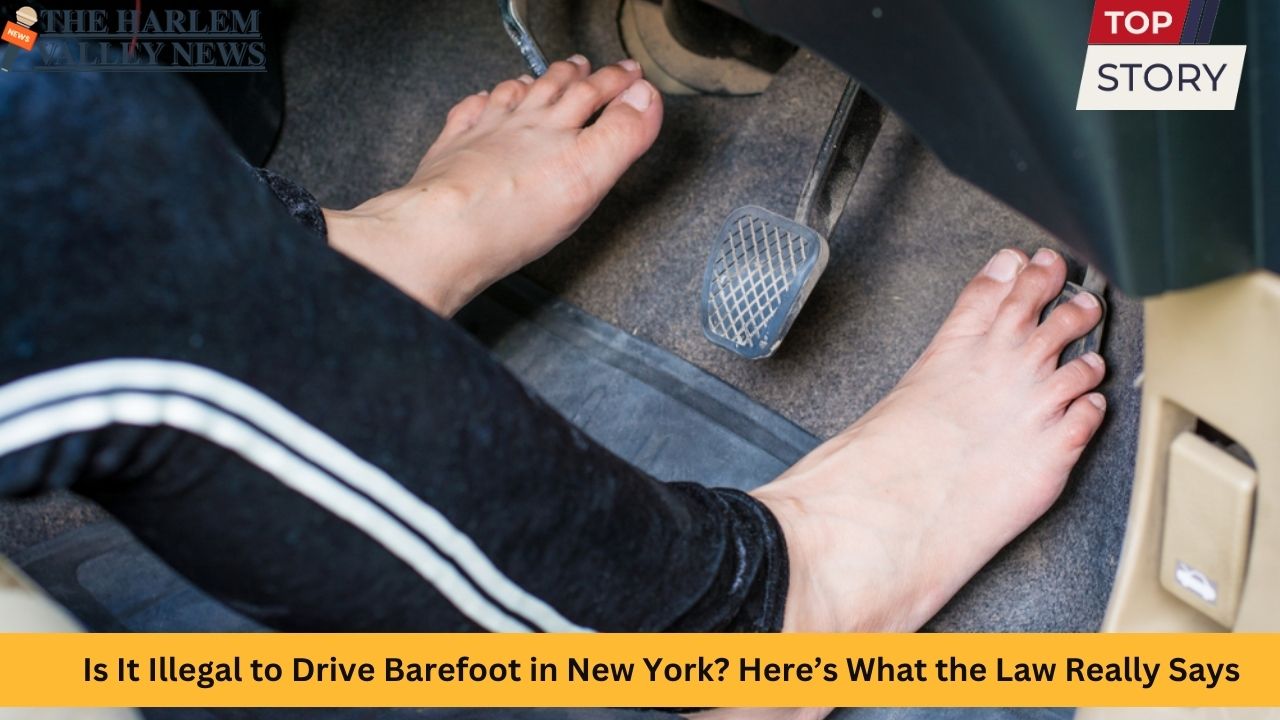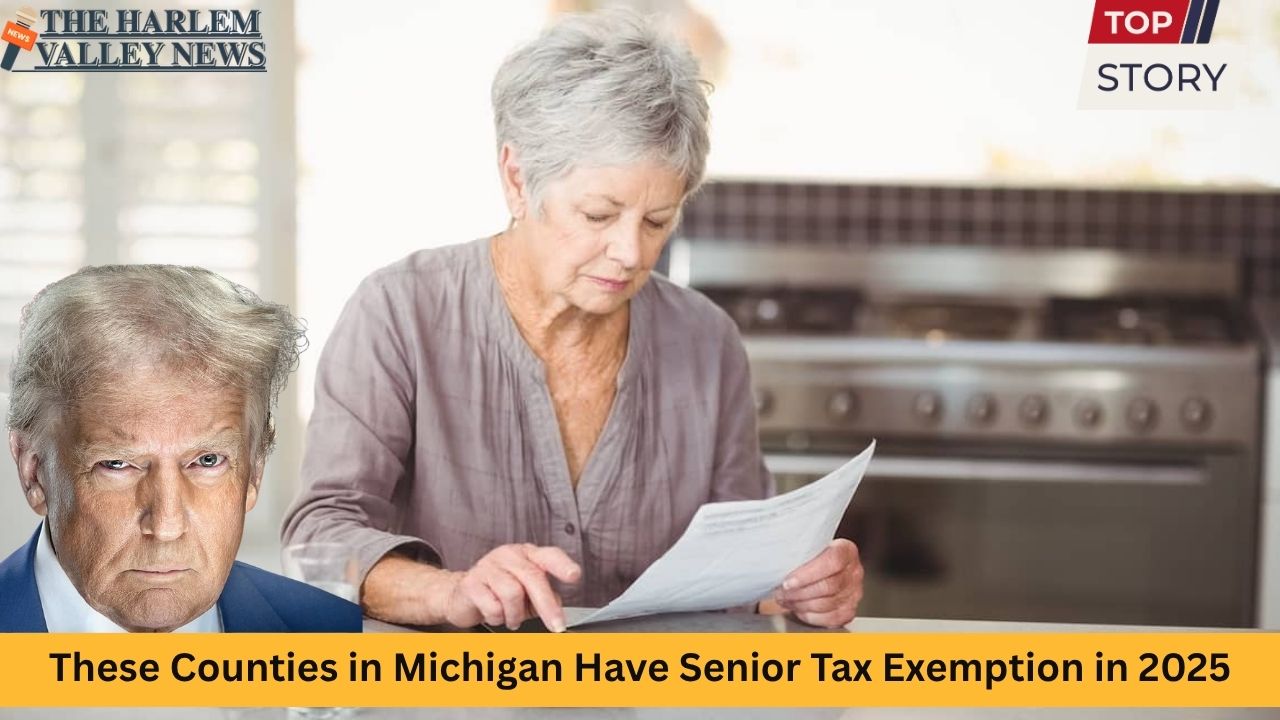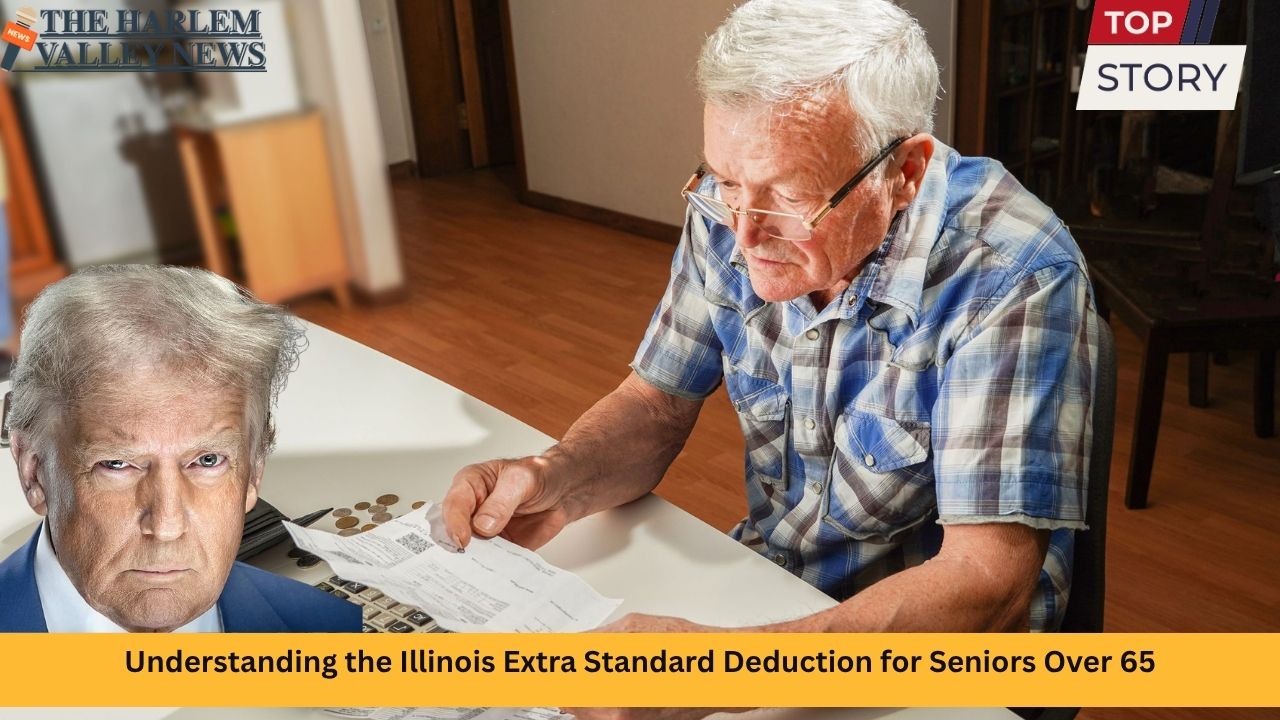Ohio offers a broad array of government-funded programs designed to support the well‑being, independence, and engagement of residents age 50 and older. From health coverage, food assistance, home services, volunteer opportunities, to discounts throughout the community—many supports are available at no cost. While most formal eligibility begins at age 60, several initiatives are accessible to individuals over 50, especially those transitioning toward retirement. In this article, we explore these free programs, illustrate how seniors living in places like Columbus, Cleveland, Cincinnati, Toledo, and Akron can benefit, and provide guidance on eligibility processes.
Golden Buckeye Program and Discounts
Ohio’s Golden Buckeye card is a flagship covered‑population benefit administered by the state’s Department of Aging. Residents aged 60 and above automatically receive it, but adults under 60 living with a disability defined by Social Security can apply early. While strictly for those age 60+, it is relevant to watch for age thresholds approaching 60 if you’re over 50. Once eligible, cardholders gain access to a network of merchants across Toledo, Cleveland, Dayton, and rural communities offering discounts on prescriptions, groceries, dining, travel, and entertainment. Notably, the card includes the state’s “Ohio’s Best Rx” prescription discount program on the back side of the card—a valuable resource for managing medication costs (COHHIO, Wikipedia).
Home and Community Care through PASSPORT and Waivers
Ohio’s home‑and‑community care services help older adults stay safely in their own homes rather than entering institutional settings. Key initiatives include the PASSPORT Medicaid waiver and Assisted Living Waiver. Through these, eligible older adults (including those turning 60 in some cases) receive services like home‑delivered meals, assistance with bathing or dressing, housekeeping, transportation, adult day care, emergency response systems, and minor home modifications (Area Office on Aging).
These services are coordinated through regional Area Agencies on Aging. For example, seniors in Lucas County (Toledo) or Cuyahoga County (Cleveland) who qualify financially may receive these at no charge or at Medicaid cost share levels.
Senior Farmers’ Market Nutrition Program (SFMNP)
Ohio’s Senior Farmers’ Market Nutrition Program offers eligible residents age 60 and over up to $50 in benefits to buy fresh fruits, vegetables, herbs, or honey at local farmers markets and roadside stands (Ohio.gov, Ohio Farmers Market Network). In 2025, more than 60,000 seniors statewide participated, partnering with over 300 farms and markets (Ohio Farmers Market Network).
Applications open in April each year, and benefits can be redeemed beginning in mid‑May through November. In communities like Dayton’s Centennial Farmers Market, Cincinnati’s Findlay Market, and Cleveland’s West Side Market, eligible seniors may use the Homegrown Benefits app or a benefit card for easy access.
Nutrition Services under the Older Americans Act
Ohio applies federal Older Americans Act funding to provide congregate meals at senior centers, home‑delivered meals, and nutrition education across the state. The senior nutrition program helps reduce hunger and malnutrition, promote health, and support social connections. Nationally, over half of participants report that a delivered or congregate meal provides more than half their daily food intake. While the federal age threshold is 60, many programs begin outreach to those over 50 to assess needs (Council on Aging, Wikipedia).
Energy and Utility Assistance Programs
Several energy assistance measures support low‑income Ohio seniors. The Home Energy Assistance Program (HEAP) offers help with winter heating bills, and the Summer Crisis Program provides cooling bill support to households with members aged 60 or older (Area Office on Aging).
Income thresholds vary year to year, but typically those under 175 percent of federal poverty guidelines qualify. Agencies like the Northwest Ohio Area Agency on Aging serve counties including Defiance, Erie, Fulton, Henry, Lucas, Ottawa, Paulding, Sandusky, and Wood by assisting with applications and outreach (Area Office on Aging).
Legal, Tax, and Benefits Counseling through BenefitsCheckUp®
Community offices in cities such as Cleveland partners with the Ohio Department of Aging deliver the BenefitsCheckUp® for Seniors service. This free eligibility screening helps older Ohioans navigate myriad benefits including senior tax credits, Earned Income Tax Credit, homestead exemptions, water bill discounts, SNAP, Medicare Savings Programs, OSHIIP counseling, caregiver support, and utility relief (Cuyahoga County).
Residents over 50 may make an appointment to review their eligibility and be directed to appropriate services even before reaching official age cutoffs.
Ohio Senior Health Insurance Information Program (OSHIIP)
If you are approaching Medicare age, OSHIIP counselors provide free and objective guidance about Medicare Parts A, B, C, and D; supplemental plans; Medigap; and low‑income subsidy options. Available in-person or by phone, this support helps seniors enrolled in Medicare avoid costly mistakes (Wikipedia, Ohio Department of Insurance). Those over 50 close to becoming Medicare-eligible can benefit from early planning.
Volunteer Engagement and Service via AmeriCorps Seniors (Senior Corps)
Nationally-run AmeriCorps Seniors programs include Foster Grandparents, RSVP (Retired and Senior Volunteer Program), and Senior Companions. Eligibility begins at age 55, making it highly relevant for those over 50 preparing to serve their communities through mentorship, friend‑to‑friend support, literacy tutoring, home visits, or safety checks (Wikipedia).
Volunteers may receive transportation assistance, training, accident insurance, and modest stipends based on income—completely free and with no entry fee.
Home Repair and Accessibility Modifications
Through state-funded programs managed by local Area Agencies, eligible older adults (60+) can apply for grants for minor home repairs and modifications—ramps, grab bars, accessibility upgrades—enabling aging in place. For residents of Toledo, Sandusky, or Defiance areas, these grants are administered through the Northwest Ohio Area Agency on Aging (Wikipedia, Area Office on Aging). While the minimum age is 60, individuals nearing that age can sign up for waiting lists and information.
Workforce Support and Employment Services
For individuals over 50 who remain in or reentering the workforce, the Ohio Department of Job and Family Services and local OhioMeansJobs centers offer free support. Services include resume assistance, job matching, on-the-job training, and re‑employment programs (Wikipedia). Some federal programs serve adults nearing retirement, helping ease the transition.
Caregiver Support and Family Assistance
Ohio offers caregiver support programs that provide respite services, training, counseling, and sometimes direct financial subsidies to family members caring for older adults. These are coordinated through Area Agencies on Aging across cities like Akron, Columbus, and Cincinnati. Those over 50 caring for aging parents or spouses may qualify.
How to Access These Programs
Ohio’s Department of Aging oversees a regional network of 12 Area Agencies on Aging, each serving specific counties or metropolitan regions. Those located in Columbus look to Central Ohio AAA; in Cleveland and suburbs, the Cuyahoga AAA; in Cincinnati, the Southwest Ohio AAA. To learn about available benefits, seniors (or their proxies) may:
- Visit local senior centers or AAA offices
- Use online portals like BenefitsCheckUp® or the Ohio Benefits website to apply (Ohio Benefits)
- Attend outreach or scheduled enrollment events in community centers or libraries
City Snapshots: Who Gets Help Where
- In Cleveland, thousands over 50 have accessed energy assistance, SFMNP benefits, legal aid referrals, and OSHIIP counseling via joint efforts with Cuyahoga County Health & Human Services (Cuyahoga County).
- In Toledo and the northwest Ohio region (Lucas, Wood, Sandusky counties), eligible seniors get $50 farmers market benefits and heating/cooling assistance via area agencies (Area Office on Aging).
- In Columbus, the state capital, the Ohio Department of Aging offices coordinate nutrition services, Golden Buckeye cards, and home‑care waivers region‑wide.
- In Cincinnati, partnerships between OSHIIP counselors, senior centers, and volunteers help residents over 50 prepare for Medicare, access legal aid, and secure financial assistance.
Program Eligibility: What Matters
Across most programs, the key eligibility elements include age, income level, residency in Ohio, and for some, disability status. Age 60 is a common cutoff for core programs, though some support begins at age 55 (volunteering) or for disabled individuals under 60. Income thresholds (often under 185 percent of the federal poverty level) determine eligibility for SFMNP, utility relief, waiver services, and energy assistance (Wikipedia).
Why Age 50–59 Should Start Now
While the full suite of benefits typically opens at 60, those over 50 should get familiar early. Services like benefits screening, tax credit eligibility, Medicare planning, job training or volunteering programs (55+), and caregiver support are available now or through early planning. Getting on mailing lists, setting up interviews, and attending community sessions builds readiness when turning official eligibility thresholds.
Tips for Seniors Over 50
- Begin benefits screening early via AgeDA services or local Area Agency offices.
- Sign up for OSHIIP counseling 6‑12 months before Medicare enrollment.
- Join or learn about AmeriCorps Seniors RSVP or companion opportunities at 55.
- Track annual application windows: SFMNP opens in April; energy assistance runs winter and summer; tax credits apply April filing.
- Keep household income documentation available to verify eligibility.
- Ask about long‑term care or caregiver support options even if not yet needed—planning ahead unlocks resources.
Conclusion
Ohio provides a rich tapestry of free, government‑funded programs aimed at helping older adults maintain health, independence, food security, financial stability, and community engagement. While most formal eligibility begins at age 60, residents over 50 have meaningful access to screening, planning, volunteer engagement, and early supports that lay a foundation for seamless entry into full programs. By connecting early with local Area Agencies on Aging in cities like Cleveland, Columbus, Cincinnati, and Toledo, those approaching 60 can begin leveraging benefits—and make the most of them once they formally qualify.













Leave a Reply